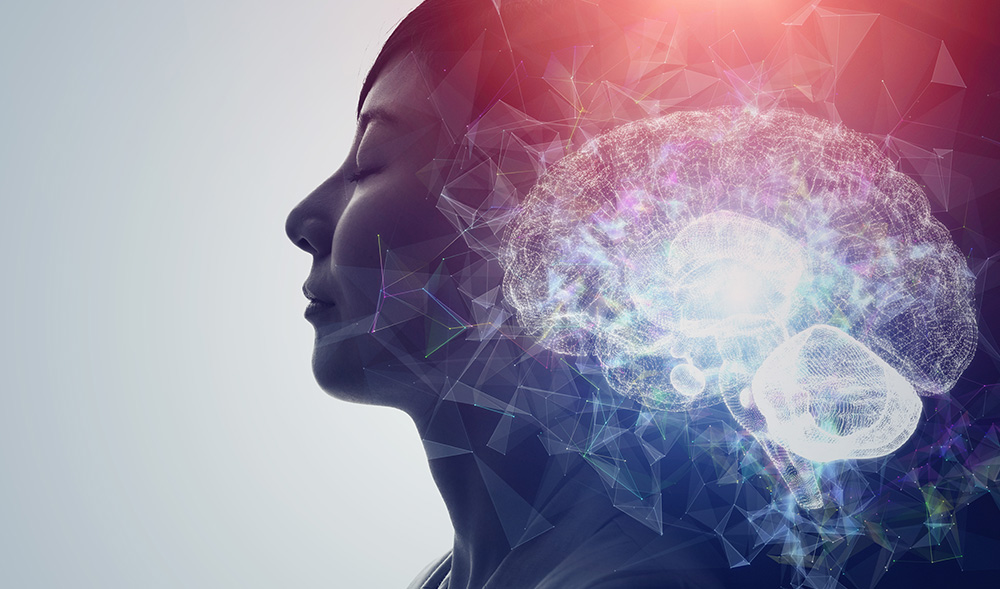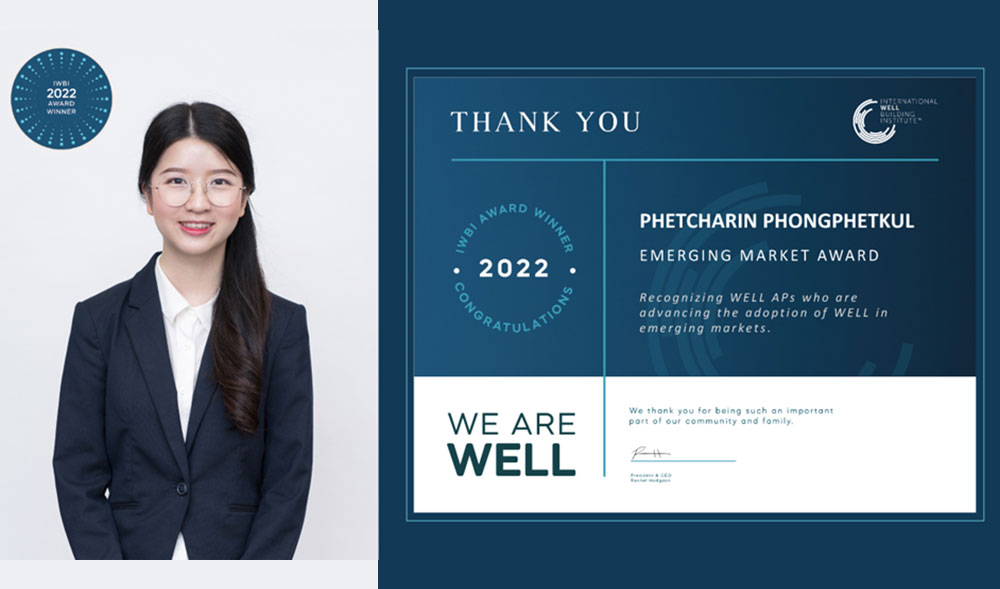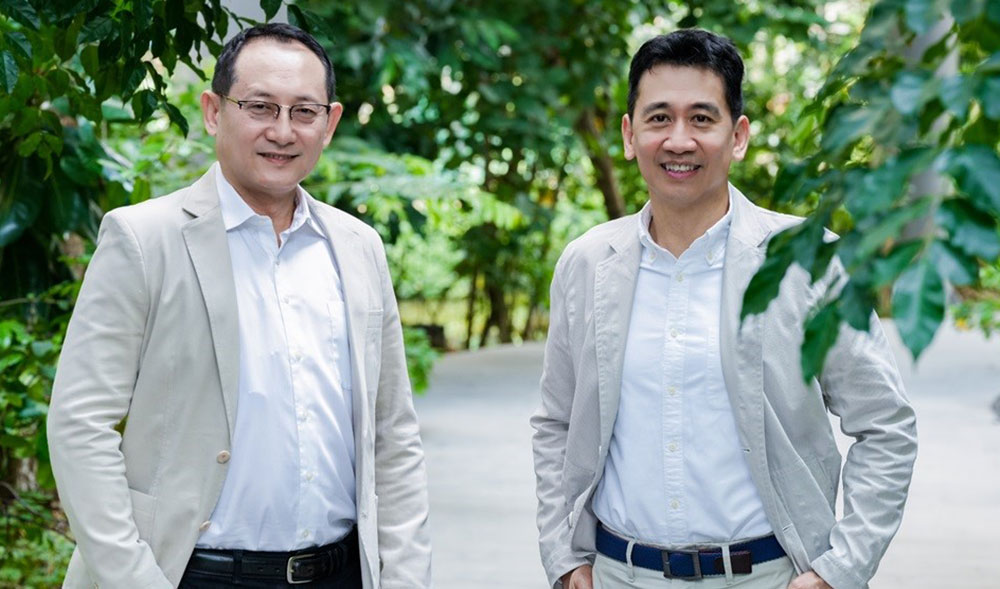for all
well-being

REGISTER FORM
REGISTER FORM
Designing Dreams with Neuroscience
Well-being
1 year ago
Designing Dreams with Neuroscience
A hotel innovation forecast for 2060 by Dr. James Canton of the Institute for Global Futures is “neuro-dreaming” to let guests live the life of their dreams as they dream

Hotels will soon design your dreams as tourism embraces neuroscience.
A hotel innovation forecast for 2060 by Dr. James Canton of the Institute for Global Futures is “neuro-dreaming” to let guests live the life of their dreams as they dream.
MIT Media Lab’s Targeted Dream Incubation (TDI) project is developing an app and platform for portable sleep monitoring. The device will only help record your sleeping habits. It will also theme dreams through hypnotherapy and acoustic induction, influencing the mind at specific moments in the REM cycle to help you dream what you want.
Today's technology can already help you adjust your sleeping behavior. The Philips SmartSleep has a belly band to reduce snoring, a headband for deep sleep, and a lamp for waking up in the morning. Lucid Dreamer uses an electrode, controlled by a mobile app, to record your sleep cycle and help you control your dreams with mild electrical stimulation (tACS) technology.
Interdisciplinary research involves engineering, neuroscience, cognitive psychology, and psychophysiology in research units at Duke University, Boston College, Harvard University, the University of Rochester, and the University of Chicago. But self-dreaming design is still in the R&D stage in the laboratory.





